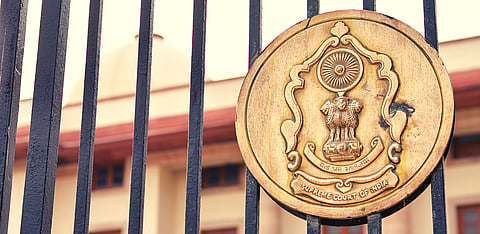Explainer
Who controls Delhi’s civil servants? Supreme Court sets out to decide
The Supreme Court gets ready to end a years-long wait for an authoritative ruling on who commands Delhi government’s civil servants. The court is likely to reserve the case for judgment on January 17.

